US PMI manufacturing dropped to 50.0 in July, down from 50.6, missed expectation of 51.0. That’s the lowest level in 118 months. PMI services, however, rose to 52.2, up from 51.5, beat expectation of 51.8. PMI composite rose to 51.6, up from 51.5, a 3-month high.
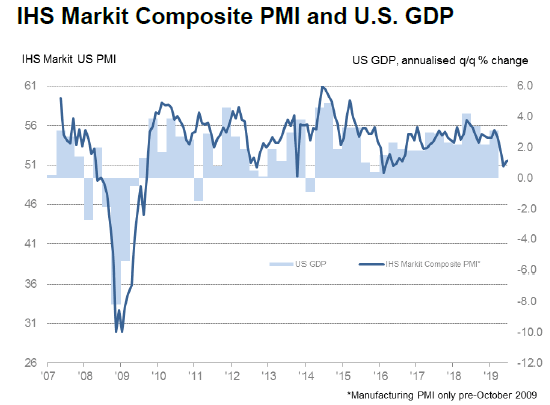
Commenting on the flash PMI data, Chris Williamson, Chief Business Economist at IHS Markit said:
“The survey data indicated that the economy started the third quarter on a disappointingly soft footing. The PMIs for manufacturing and services collectively point to annualized GDP growth of just 1.6%, up only very marginally from a lacklustre 1.5% indicated by the survey in the second quarter.
“The overall picture of modest growth conceals a two-speed economy, with steady service sector growth masking a deepening downturn in the manufacturing sector. The survey’s gauge of factory production has slumped to its lowest since August 2009, and indicates that manufacturing output is falling at a quarterly rate of over 1%, led by an increasing rate of loss of export sales.
“The survey’s employment gauge has meanwhile fallen to a level consistent with 130,000 jobs being added in July, down from an average of 200,000, in the first quarter and 150,000 in the second quarter, as firm became increasingly cautious in relation to hiring. Manufacturers are shedding workers at the fastest rate since 2009 and service sector job creation is now down to its lowest since April 2017.
“Future prospects have also darkened to the gloomiest since comparable data were first available in 2012, suggesting that companies may look to tighten their belts further in coming months, dampening spending, investment and jobs growth. Geopolitical worries, trade wars and increasingly widespread expectations of slower economic growth at home and internationally have all pulled business optimism lower.”
Full release here.




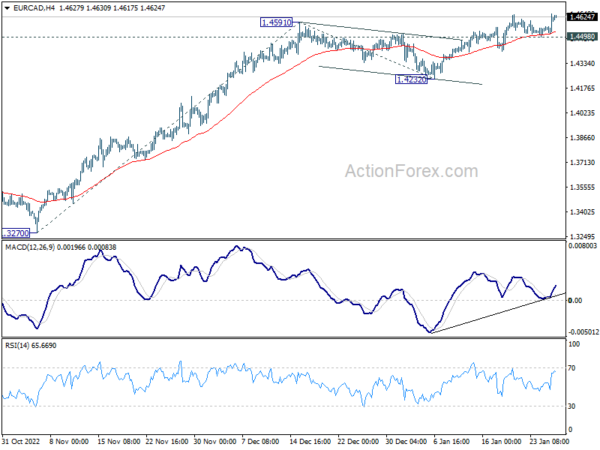

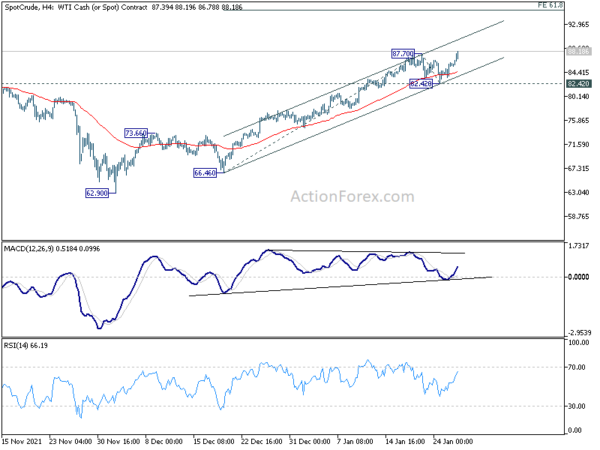
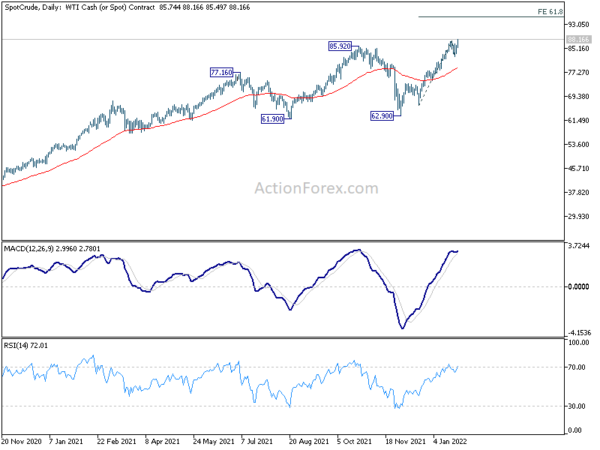
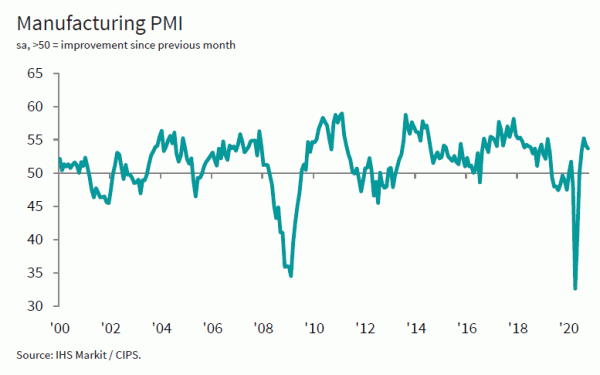
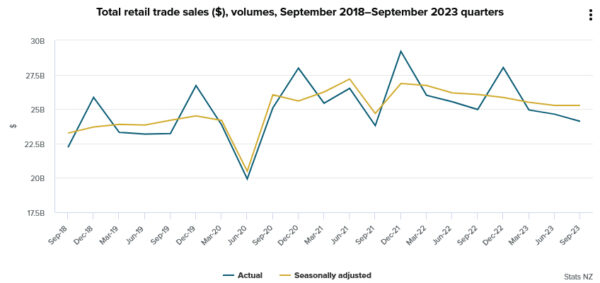
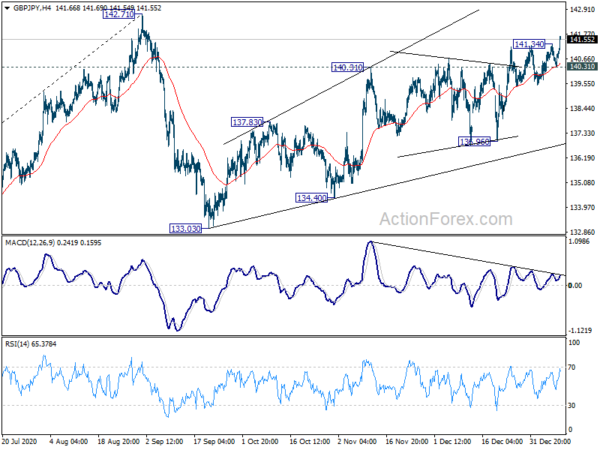
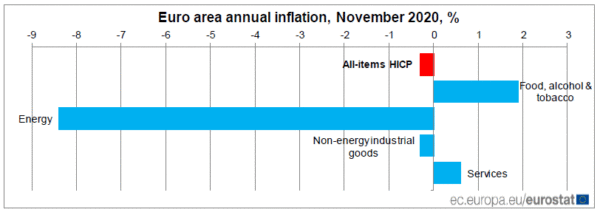
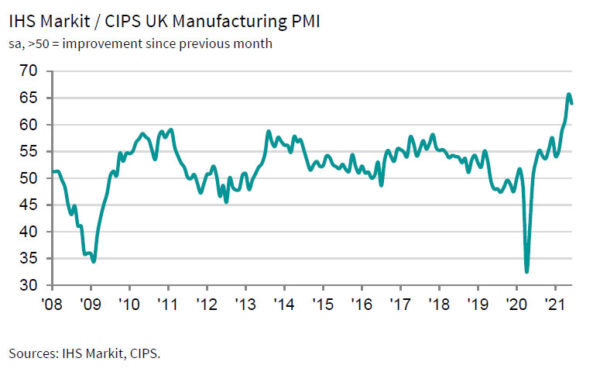

US PMI manufacturing dropped to 118-mth low, disappointing start to Q3
US PMI manufacturing dropped to 50.0 in July, down from 50.6, missed expectation of 51.0. That’s the lowest level in 118 months. PMI services, however, rose to 52.2, up from 51.5, beat expectation of 51.8. PMI composite rose to 51.6, up from 51.5, a 3-month high.
Commenting on the flash PMI data, Chris Williamson, Chief Business Economist at IHS Markit said:
“The survey data indicated that the economy started the third quarter on a disappointingly soft footing. The PMIs for manufacturing and services collectively point to annualized GDP growth of just 1.6%, up only very marginally from a lacklustre 1.5% indicated by the survey in the second quarter.
“The overall picture of modest growth conceals a two-speed economy, with steady service sector growth masking a deepening downturn in the manufacturing sector. The survey’s gauge of factory production has slumped to its lowest since August 2009, and indicates that manufacturing output is falling at a quarterly rate of over 1%, led by an increasing rate of loss of export sales.
“The survey’s employment gauge has meanwhile fallen to a level consistent with 130,000 jobs being added in July, down from an average of 200,000, in the first quarter and 150,000 in the second quarter, as firm became increasingly cautious in relation to hiring. Manufacturers are shedding workers at the fastest rate since 2009 and service sector job creation is now down to its lowest since April 2017.
“Future prospects have also darkened to the gloomiest since comparable data were first available in 2012, suggesting that companies may look to tighten their belts further in coming months, dampening spending, investment and jobs growth. Geopolitical worries, trade wars and increasingly widespread expectations of slower economic growth at home and internationally have all pulled business optimism lower.”
Full release here.